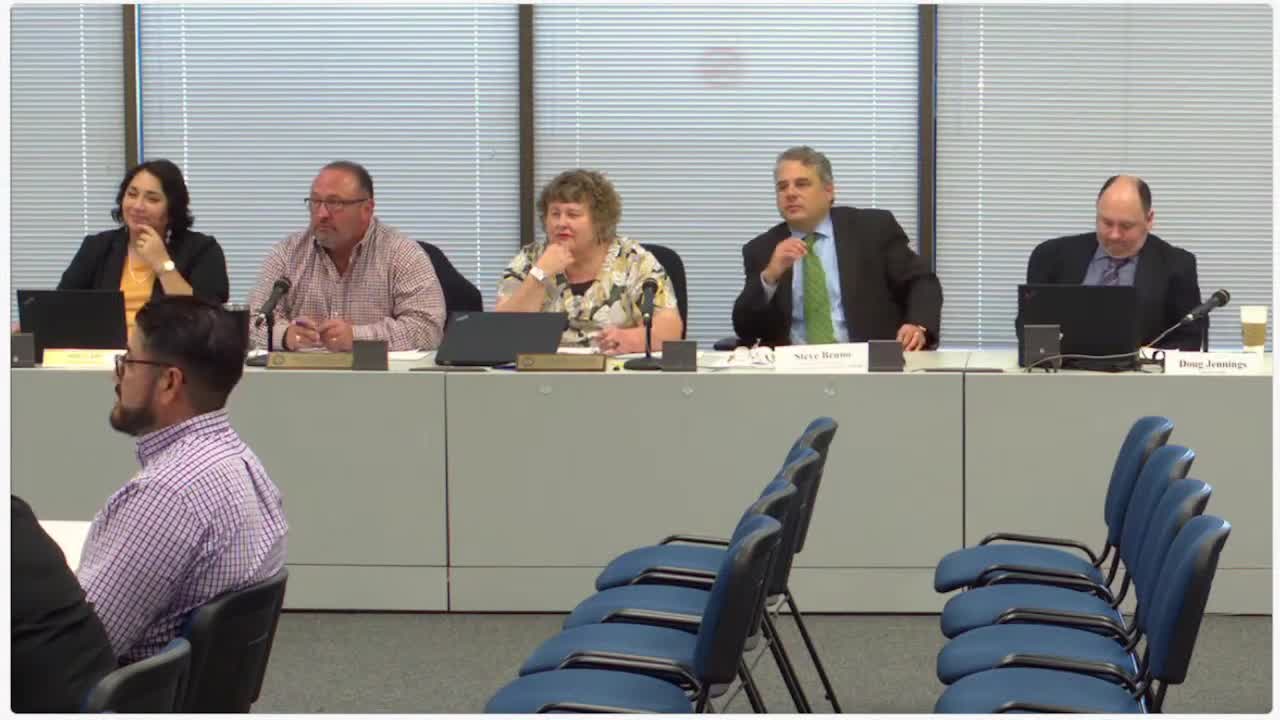Texas TDLR implements mobile inspections and virtual reviews to enhance compliance efficiency
September 20, 2023 | State Board of Veterinary Medical Examiners, Boards & Commissions, Executive, Texas
This article was created by AI summarizing key points discussed. AI makes mistakes, so for full details and context, please refer to the video of the full meeting. Please report any errors so we can fix them. Report an error »

The Texas State Board of Veterinary Medical Examiners (TBVME) convened on September 20, 2023, to discuss significant advancements in inspection processes and enforcement strategies aimed at enhancing public safety and compliance within the veterinary field. A key highlight of the summit was the introduction of a new electronic inspection system designed to streamline the inspection process, allowing inspectors to document findings in real-time using a mobile app. This innovation not only expedites inspections but also ensures that licensees receive immediate feedback via email, fostering transparency and accountability.
The board addressed the challenges of conducting inspections in rural areas, particularly in West Texas, where inspector availability is limited. To mitigate this, inspectors are cross-trained across various programs, enabling them to assist in regions where staffing is sparse. This approach is part of a risk-based inspection strategy that prioritizes high-risk licensees, ensuring that compliance efforts are focused where they are most needed.
Additionally, the summit highlighted the importance of virtual inspections, a practice that gained traction during the COVID-19 pandemic. This method allows inspectors to conduct assessments remotely, utilizing technology to guide licensees through the inspection process. While not all programs can be inspected virtually, this flexibility has proven beneficial in maintaining oversight during challenging times.
The meeting also touched on the enforcement division's role in addressing compliance issues. The division is tasked with investigating complaints and ensuring that violations are addressed appropriately. With a focus on collaboration with law enforcement, the board aims to enhance its ability to tackle serious violations, including those related to human trafficking in certain industries.
In conclusion, the TBVME's commitment to improving inspection processes and enforcement strategies reflects a proactive approach to safeguarding public health and ensuring compliance within the veterinary sector. As these initiatives roll out, stakeholders can expect a more efficient and responsive regulatory environment that prioritizes safety and accountability.
The board addressed the challenges of conducting inspections in rural areas, particularly in West Texas, where inspector availability is limited. To mitigate this, inspectors are cross-trained across various programs, enabling them to assist in regions where staffing is sparse. This approach is part of a risk-based inspection strategy that prioritizes high-risk licensees, ensuring that compliance efforts are focused where they are most needed.
Additionally, the summit highlighted the importance of virtual inspections, a practice that gained traction during the COVID-19 pandemic. This method allows inspectors to conduct assessments remotely, utilizing technology to guide licensees through the inspection process. While not all programs can be inspected virtually, this flexibility has proven beneficial in maintaining oversight during challenging times.
The meeting also touched on the enforcement division's role in addressing compliance issues. The division is tasked with investigating complaints and ensuring that violations are addressed appropriately. With a focus on collaboration with law enforcement, the board aims to enhance its ability to tackle serious violations, including those related to human trafficking in certain industries.
In conclusion, the TBVME's commitment to improving inspection processes and enforcement strategies reflects a proactive approach to safeguarding public health and ensuring compliance within the veterinary sector. As these initiatives roll out, stakeholders can expect a more efficient and responsive regulatory environment that prioritizes safety and accountability.
Don't Miss a Word: See the Full Meeting!
Go beyond summaries. Unlock every video, transcript, and key insight with a Founder Membership.
✓
Get instant access to full meeting videos
✓
Search and clip any phrase from complete transcripts
✓
Receive AI-powered summaries & custom alerts
✓
Enjoy lifetime, unrestricted access to government data
30-day money-back guarantee

